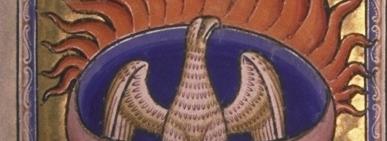
The Making of C.G. Jung's Red Book
Before publication in 2009, C. G. Jung's The Red Book was considered to be the most influential unpublished work in the history of psychology.
When Jung embarked on an extended self-exploration which he later called his "Confrontation with the Unconscious" he kept a record of his experience in his personal journal entitled, The Red Book; a large, illuminated volume which he created through writing and painting between 1914 and 1930. It was here that he developed his principle theories – of the archetypes, the collective unconscious, and the principle and process of individuation – that would transform psychotherapy from a practice concerned with treatment of the sick into a means for higher development of the personality.
While Jung considered The Red Book to be his most important work, only a handful of people had ever seen it. Now, in a complete facsimile and translation, it is available to scholars and the general public. It is an astonishing example of calligraphy and art on a par with The Book of Kells and the illuminated manuscripts of William Blake. This publication of The Red Book is a watershed moment that will cast new light on the making of modern psychology.
The process of digitally capturing the book was undertaken by DigitalFusion.com. They are also responsible for this short documentary film chronicling the process and offering the public its first glimpse of the the original manuscript.


